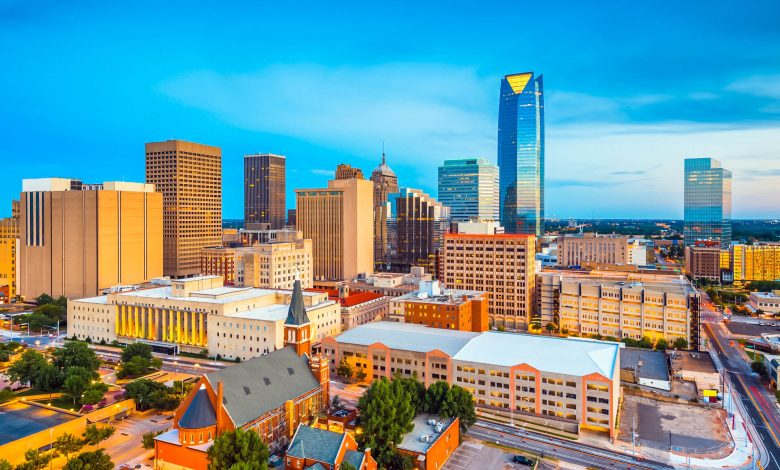Oklahoma City: A Bustling Metropolis Built on Oil

Oklahoma City, the capital and largest city of Oklahoma, has a rich history deeply intertwined with the oil and gas industry. From its skyline to its economy, from its cultural identity to its global reputation, oil has played an integral role in shaping the city. This article explores the various ways Oklahoma City is literally and metaphorically built on oil.
The Birth of an Oil City
In tangible ways, the oil and gas industry has been the bedrock of Oklahoma City’s development. From its physical foundations—laid after a landmark oil discovery—to the economic prosperity driven by the industry, oil has been a cornerstone of the city’s growth.
Physical Foundations
The turning point for Oklahoma City was the discovery of oil at the Oklahoma City Oil Field in 1928. This was not a minor discovery; the oil field was one of the largest ever found within a city’s limits in the United States. The find transformed Oklahoma City almost overnight, bringing in an influx of wealth, people, and business, laying the literal foundations for a city built on oil.
Economic Boom
Oil didn’t just bring money; it also brought an entire economy of related businesses. The city became a hub for energy companies, attracting investment and offering high-paying jobs. The economic boom fueled by oil made Oklahoma City what it is today—a thriving, prosperous metropolis.
The Skyline’s Story
In visually striking ways, the oil and gas industry has left its mark on Oklahoma City’s urban landscape. From iconic skyscrapers to the city’s premier sports and entertainment venue, income from oil has shaped not just the economy but also the very skyline of Oklahoma City.
Oil-Funded Architecture
Look at the Oklahoma City skyline, and you’re seeing the direct impact of oil. Buildings like the Devon Energy Center, the city’s tallest building, were financed by oil money. These towering structures serve as headquarters for some of the leading energy companies in the country, standing as concrete testaments to the city’s oil heritage.
Chesapeake Energy Arena
Even the city’s sports and entertainment arena, home to the NBA team the Oklahoma City Thunder, bears the name of a leading natural gas producer—Chesapeake Energy. The sponsorship deals and naming rights for such venues often come from the deep pockets of the energy sector, further embedding oil’s legacy into the city’s landscape.
A Cultural and Social Identity
The oil and gas industry has had a far-reaching impact on Oklahoma City’s social infrastructure, particularly in the realms of education and philanthropy. From shaping academic research and curricula to enriching the city’s cultural and social landscape, the industry’s influence extends well beyond business and construction.
Influence on Education
The oil and gas industry has fueled Oklahoma City’s economy and invested in its future. Educational institutions have benefited from sponsorships, endowments, and partnerships with energy companies, shaping curricula and research around this key industry.
Philanthropic Footprint
Prosperity from oil has flowed into various sectors, including healthcare, arts, and social services. Many public buildings, parks, and art installations have been funded through the philanthropic endeavors of oil industry leaders, enriching the city’s cultural fabric.
The Global Stage
Energy Conferences and Trade Shows
Oklahoma City regularly hosts national and international energy conferences, trade shows, and symposiums. These events bring in revenue and establish the city as a global player in the energy sector.
Oil Defines Oklahoma’s Identity and Legacy
Oklahoma City’s relationship with oil is more than just economic; it’s existential. Oil is embedded in the city’s DNA, shaping its skyline, powering its economy, and influencing its cultural and social identity. As the city looks to the future, it carries with it the legacy of an industry that has been its lifeblood and its architect. In every sense of the phrase, Oklahoma City is a city built on oil.




